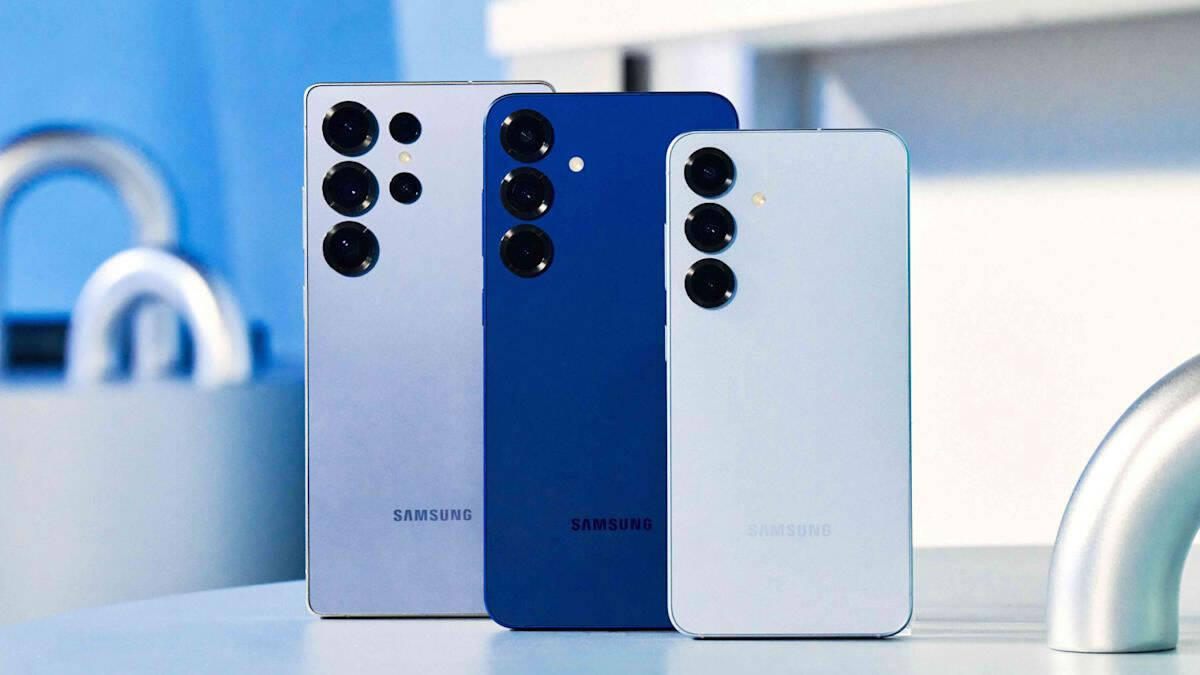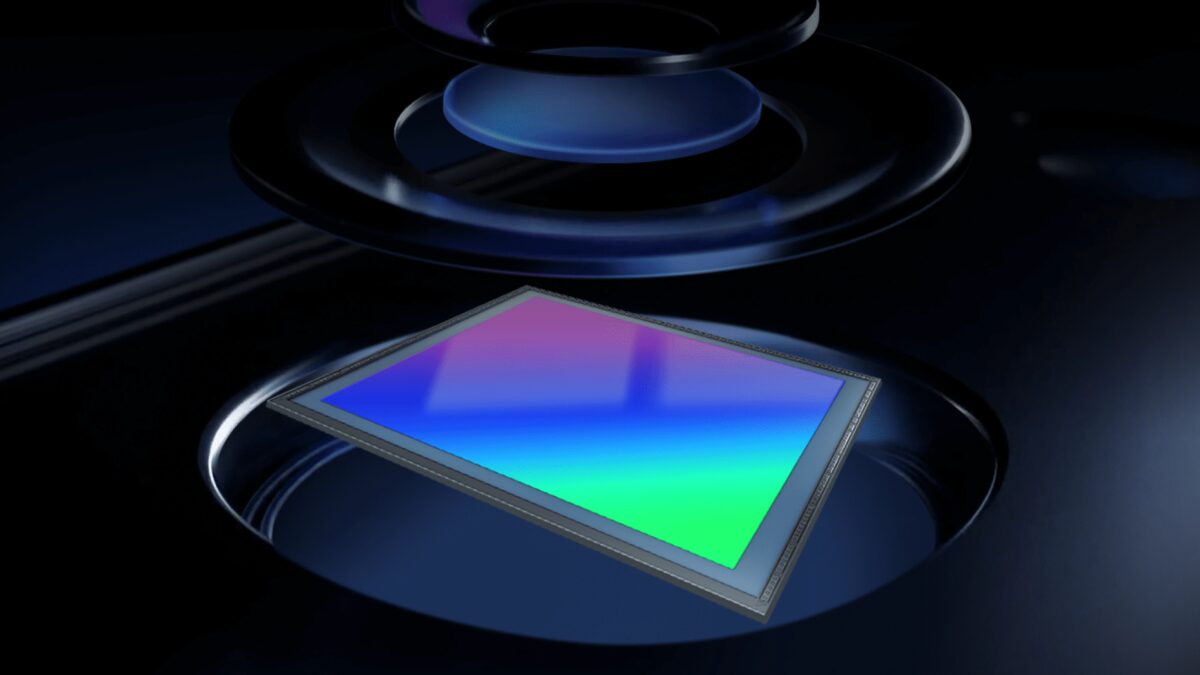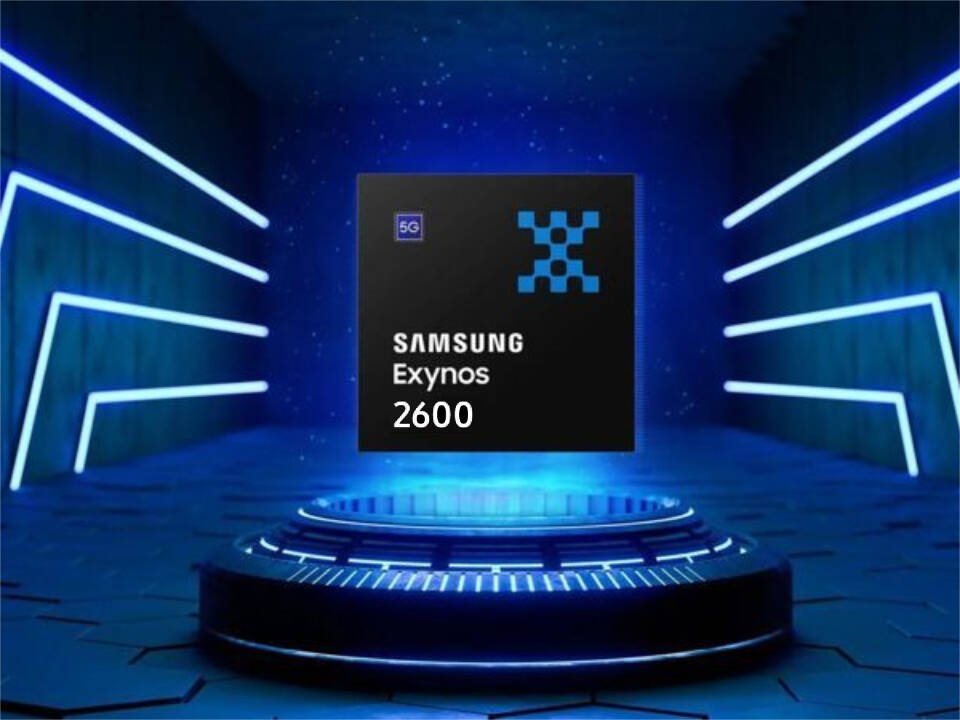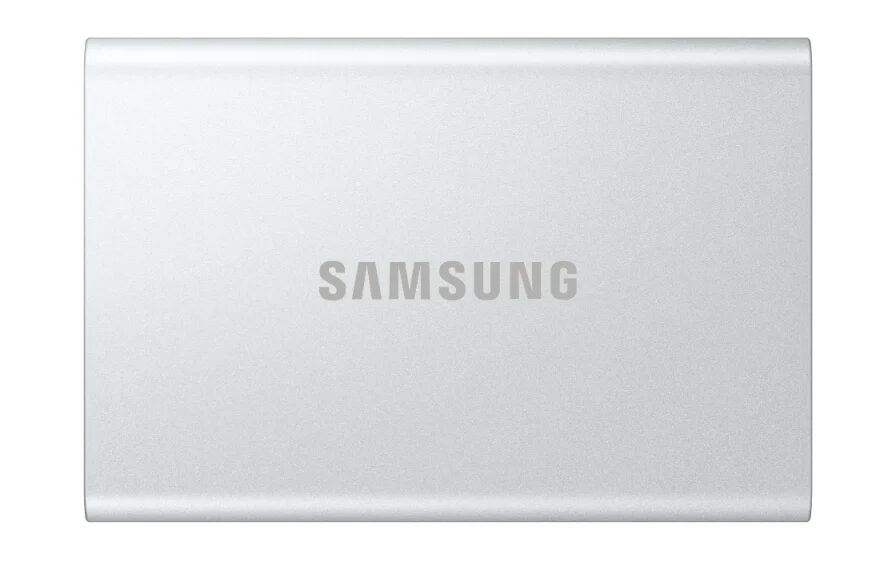Snapdragon 8 Gen 3 with improved cooling outperforms Apple A18 Pro at Genshin Impact
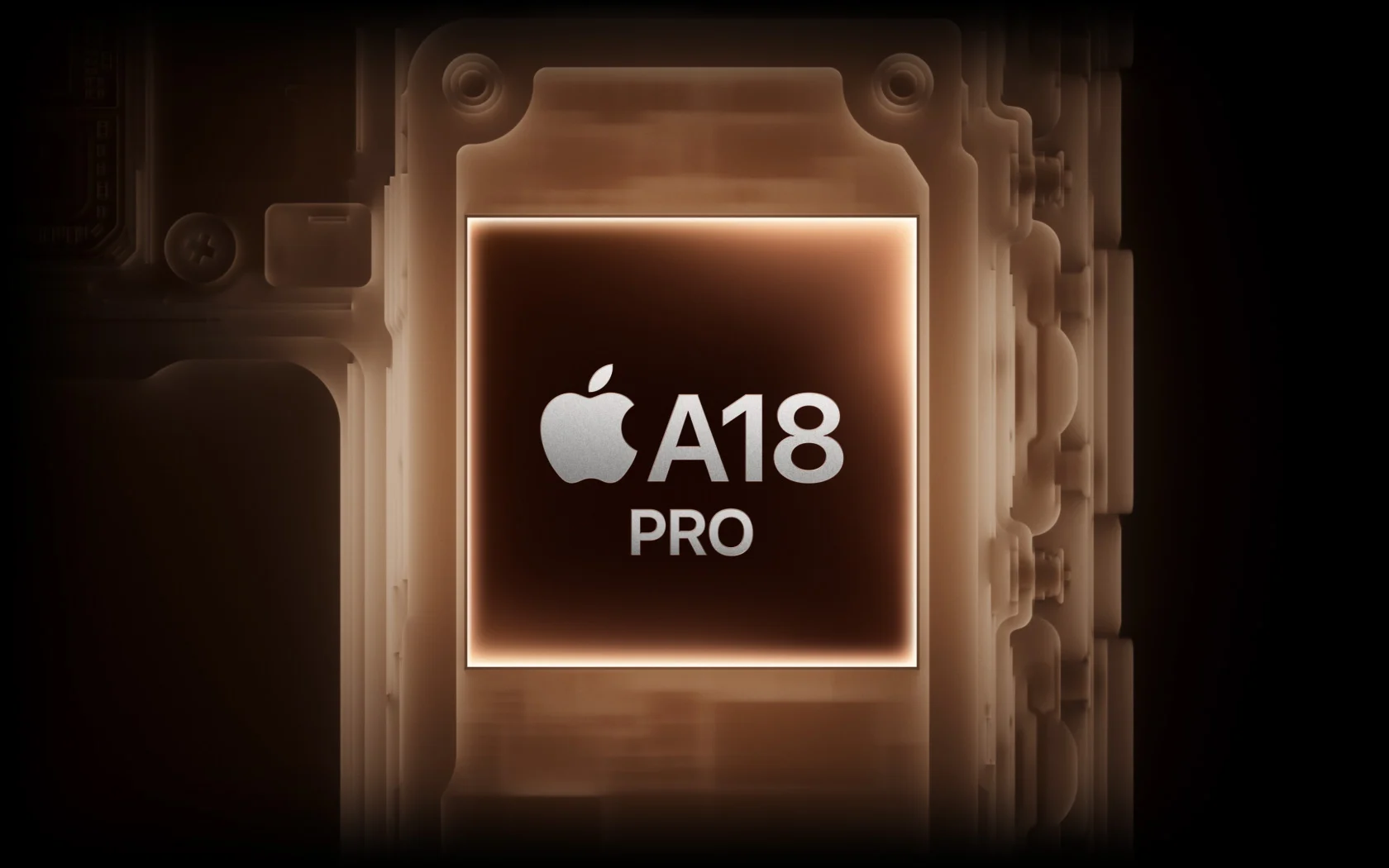
Apple’s latest A18 Pro chipset, found in the iPhone 16 Pro models, features a graphene thermal system that should improve heat dissipation and provide more stable performance. But how does its performance and stability compare to flagship Android devices that have much more efficient cooling systems?”
How does its performance and stability compare to flagship Android devices that have much more efficient cooling systems?
Comparing iPhone and Android flagships
To test the performance of the iPhone 16 Pro Max and other flagship devices, YouTube channel ‘极客湾Geekerwan’ tested Genshin Impact and other resource-intensive games on the iPhone 16 Pro Max, as well as on previous iPhone models and Android smartphones with Snapdragon 8 Gen 3 and Dimensity 9300+ chips.
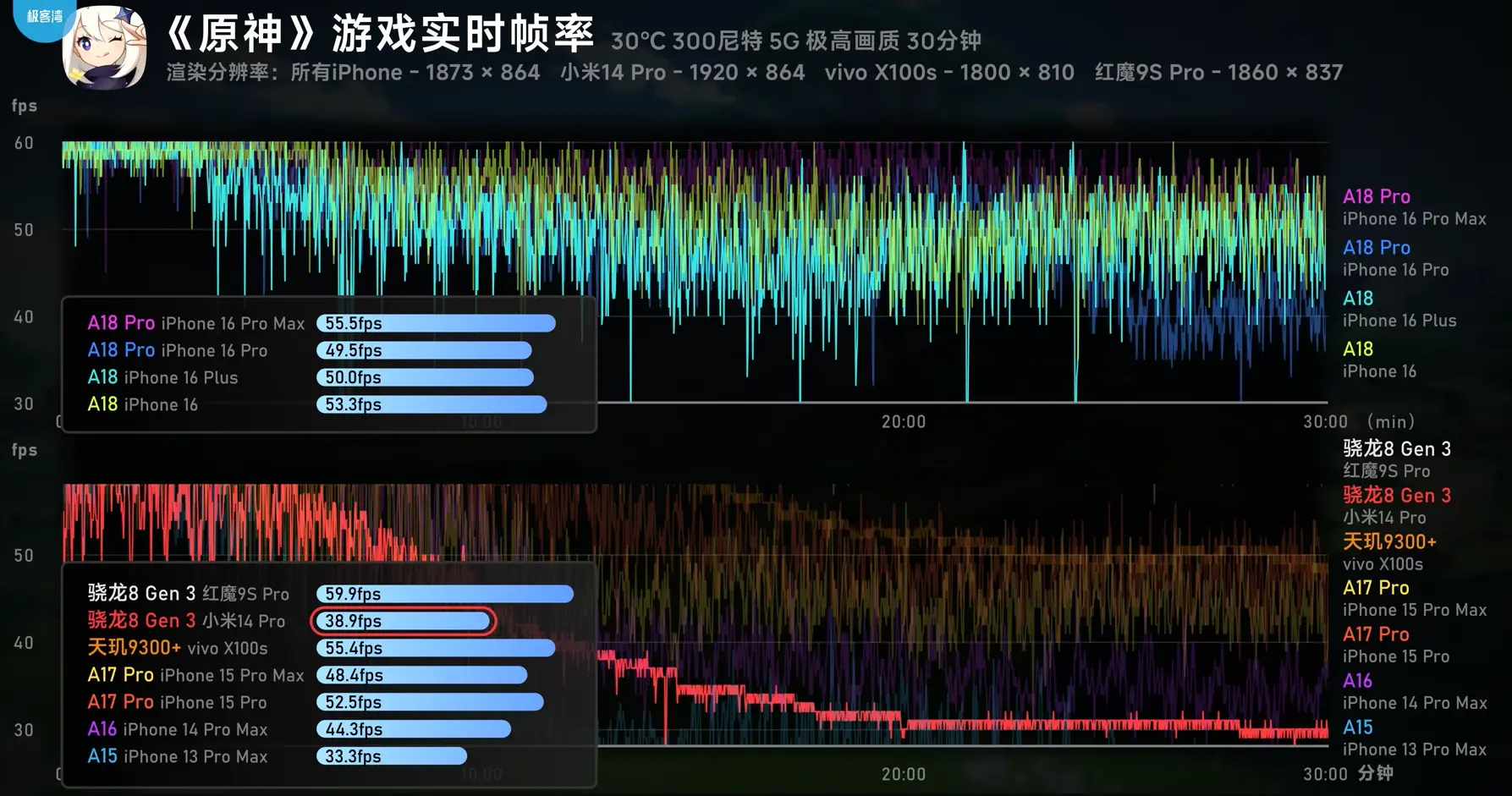
In the tests, the iPhone 16 Pro Max showed a marked advantage over last year’s iPhone 15 Pro Max. However, Red Magic 9S Pro, which was released in July this year with a Snapdragon 8 Gen 3 processor, outperformed the iPhone 16 Pro Max in Genshin Impact. It’s worth noting that the Red Magic 9S Pro features an active cooling system, which likely allowed the device to utilize more power.
Red Magic 9S Pro.
Performance Results
In Genshin Impact, the iPhone 16 Pro Max with the A18 Pro processor maintained a frame rate of 55.5 FPS, while the Snapdragon 8 Gen 3-based Android smartphone averaged 59.9 FPS. While the performance difference may seem small, gameplay on the Red Magic 9S Pro was significantly more stable thanks to better cooling.
Red Magic 9S Pro was significantly more stable thanks to better cooling.
Differences within the iPhone 16 lineup
Interestingly, the iPhone 16 Pro with the same A18 Pro processor but smaller size achieved only 49.5 FPS, showing less consistent performance compared to the larger iPhone 16 Pro Max. This is likely due to the less efficient cooling system in the smaller model. However, even more surprisingly, the iPhone 16 with a 6.1-inch display showed higher frame rates than its bigger 6.7-inch iPhone 16 Plus sibling, despite using the same A18 chip.
The iPhone 16 Pro Max Max is the only one with a 6.1-inch display.
The impact of cooling systems on Android performance
Not all devices with the Snapdragon 8 Gen 3 chip showed the same performance. For example, Xiaomi 14 Pro, also equipped with Snapdragon 8 Gen 3, averaged just 38.9 FPS. This points to significant differences in cooling systems and performance tuning between different Android vendors.
At the same time, it’s not just the cooling systems and performance tuning of the different Android manufacturers.



